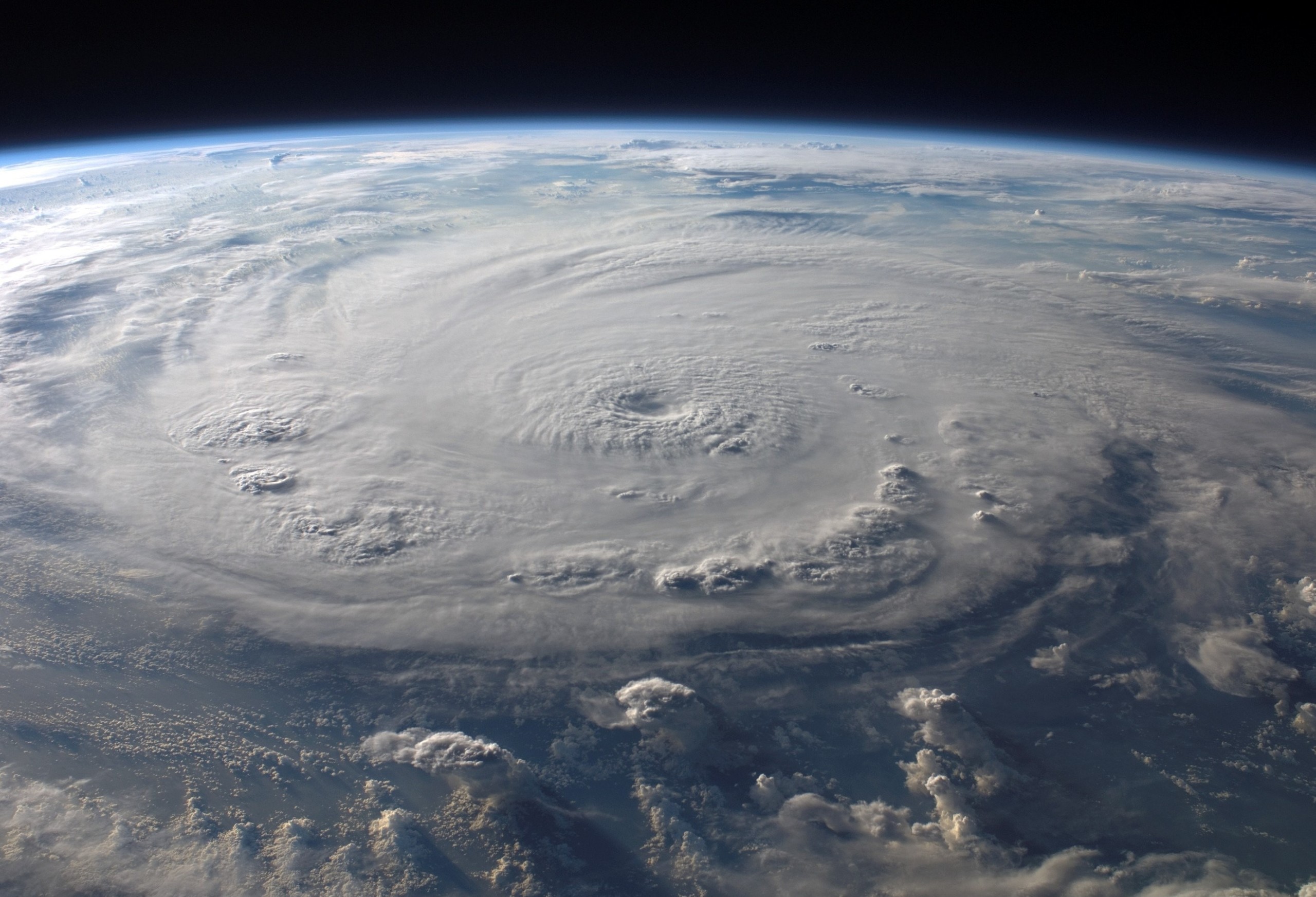August 18 – With a global pandemic and a vicious winter storm already under the belt of Texans, this year’s hurricane season is likely to cause a bit of nervousness. It doesn’t help that we’re entering the mid-August to late October, normally the peak of hurricane season.
The National Oceanic and Atmospheric Administration (NOAA) recently updated its annual predictions for the 2021 Atlantic hurricane season, predicting 15-21 named storms by the end of the season. Of those named storms, seven to 10 are expected to become hurricanes, and three to five of those hurricanes could become major hurricanes.
Despite the fears that an active hurricane season may bring, Prairie View A&M University (PVAMU) College of Agriculture and Human Sciences Assistant Professor and Research Scientist Noel M. Estwick, Ph.D., said there’s one thing everyone should do: prepare.
“Generally speaking, you want to be prepared for any disaster,” Estwick said. “In disaster language, we call it the ‘all-hazards approach.’ You have to think about before, during, and after a disaster, not just during.”
Estwick said the foundation of a solid plan is understanding the risks involved when power or water is lost for an extended period. Thinking through what is needed to endure a loss of critical resources safely is essential to preparation. He also noted that part of hurricane preparedness preparations includes helping others, like neighbors, the elderly, and other family members.
“The plan you prepared before the disaster is the plan you put into place during the disaster. That’s why planning before is so important,” Estwick said.
“A lot of people are not able to do anything during the disaster because they didn’t take the time to plan before the disaster. One thing we know for sure is no two disasters are the same. It’s foolhardy to measure the next one on the last one.”
With the season – which started June 1 and lasts through Nov. 30 – well underway, it is critical to develop your hurricane preparedness plan if you haven’t done so already.
Prepare Your Home
A hurricane preparedness kit is an essential tool for households. Estwick recommends creating a kit using the checklist provided by ready.gov, which outlines how much food, water, and supplies are needed for a household to last for several days.
Estwick also recommends keeping a kit in your car and offices in case an emergency strikes without warning. He suggests keeping essential items like jumper cables, a cellphone charger, a paper map, and at least one gallon of water in your vehicle. In the office, keep a supply of light snacks, water, comfortable shoes, pain medicine, and water if you must shelter-in-place for 24 hours.
“Your plan should include following the advice of local officials,” Estwick said. “They know what’s best, and they have greater access to data than the average person.”
Need another good resource for your family? Estwick recommends EDEN, the Extension Disaster Education Network website. EDEN is a multi-state effort by Cooperative Extension Services across the country to educate the public about disasters, both manmade and natural.
Prepare Your Business
The PVAMU Cooperative Extension Program’s Community and Economic Development unit partnered with LiftFund to provide a video series to help small businesses prepare for a disaster.
- Preparing Your Business for a Natural Disaster
- Emergency Communications with Customers and Employees
- Document Storage
- Insurance Coverage
- Financial Management and Recovery
Another helpful resource Estwick recommends for small businesses is the North Dakota State University Small Business Disaster Plan app. The app is free for both iOS and Android and guides users through developing a disaster plan for their business.
Prepare Your Livestock
For farmers and producers, effective disaster preparation includes planning for livestock. Estwick suggests taking inventory of all livestock and equipment before a storm hits and ensuring there are extra supplies on hand such as fuel, wire, rope, and hand tools. Power should be shut off if you leave the property, and all chemicals should be secured and stored in a safe place. Also, he suggests reaching out to emergency responders to let them know about your farm if an emergency arises.
Once the storm is over, Estwick said power should be restored, and another inventory of livestock and equipment conducted.
For more information on this article contact:
 Noel Estwick, Ph.D.
Noel Estwick, Ph.D.
Assistant Professor
nmestwick@pvamu.edu
(936) 261-2526

